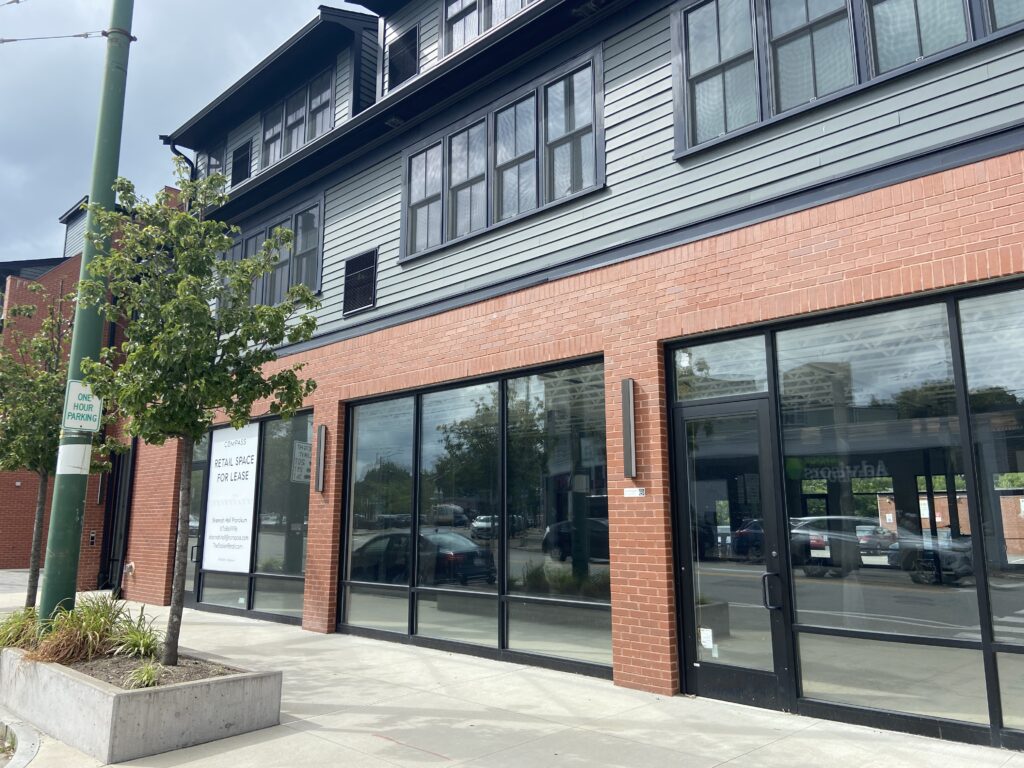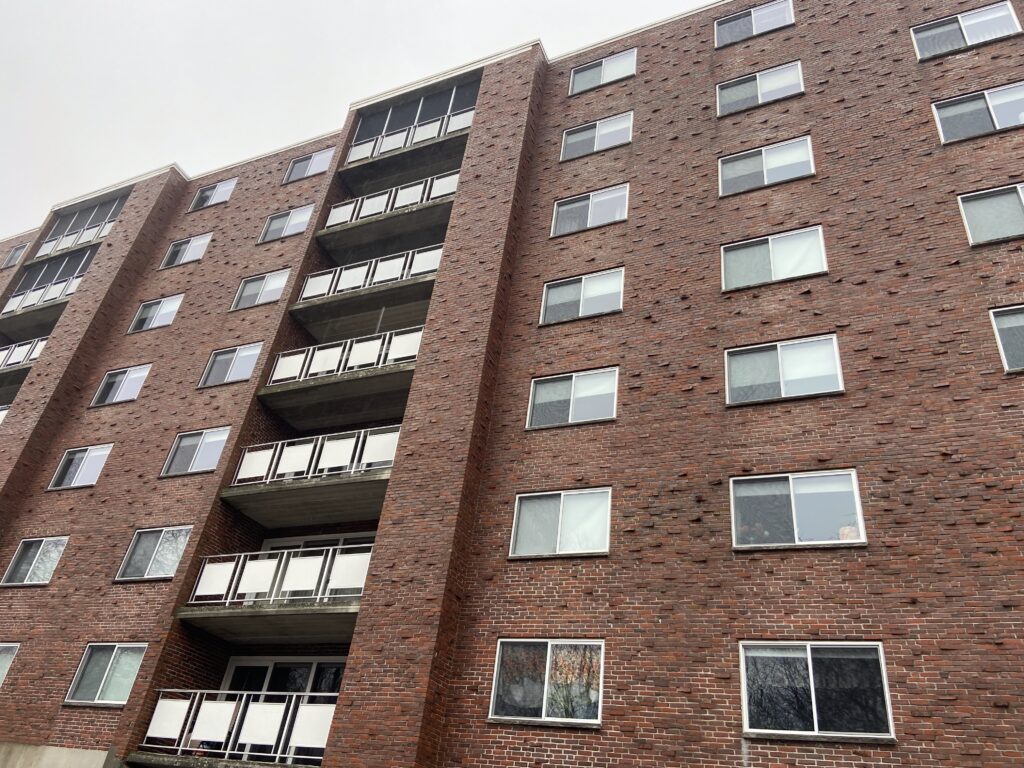Photo: The location of Wonder in Astoria, Queens, NYC
It’s considered big news when a new restaurant arrives in Belmont. Well, how about 28 award-winning and unique restaurants from around the US about to drop into Waverley Square? And they’re arriving all at once in a single storefront?
Plans are currently underway to bring Wonder, a new approach in the popular food hall concept, into the vacant ground floor commercial space at 493 Trapelo Rd., next to Tatte and across from Wheelworks.
“Wonder is coming,” said a town official with knowledge of the proposal. While it has yet to pick up a build out permit or a business license, plans are well underway with architectural drawings in town employee hands, and meetings last week with the Restaurant Review Committee and the Belmont Fire Department.
Described as “a new kind of food hall,” the New York City-based company gives customers the opportunity to order from the menus of multiple top end restaurants from a single location. Chefs such as Marcus Samuelsson, Jonathan Waxman, and Bobby Flay have partnered with Wonder to recreate some of their signature dishes and side orders. The chefs then teach Wonder’s employees how to replicate their dishes.

With a myriad of regional styles and to select from, a family’s meal order could include a Bobby Flay New York Strip steak, Texas-style Brisket Sandwich from Tejas, California-inspired Peri-Peri Salmon, and a Kids Cheeseburger from Wonder’s own Bellies. And your order will be delivered within 35 minutes (well, that’s in Manhatten) or just drive by and pick it up.
According to those who viewed the retail foot print, only about 20 percent of the location will be open to the public – about a dozen seats – with the majority of the space set up as a prep kitchen. Wonder’s produce the variety of meals at a central commercial kitchen which are delivered to each location. The meals are warmed at the store and delivered.
Belmont developer Joseph DeStefano, who in 2019 built and own the two, three story retail/residential structures close to the commuter rail tracks on Trapelo Road, has not responded to press inquires, neither did Wonder.
A great source on the nuts and bolts of Wonder’s history and future plans can be found in the Eater article by Bettina Makalintal: What’s the Deal With Wonder, the ‘Food Hall’ That’s Suddenly Everywhere? (March 12, 2025). Elizabeth G. Dunn wrote the New York Times spotlight of Wonder CEO Marc Lore who created Diapers.com, ran Walmart’s e-commerce division, and dabbled in a nuclear fusion start up and designing flying taxis before settling on revamping the food delivery industry.
Having opened its first storefront operation just three years ago, Wonder growth has resembles a rocket, now operating 38 locations mostly in New York City and New Jersey – with sites in Pennsylvania, and Connecticut – with 15 more set to open in the next several months. It’s closest operation to Belmont is in East Providence, RI.






